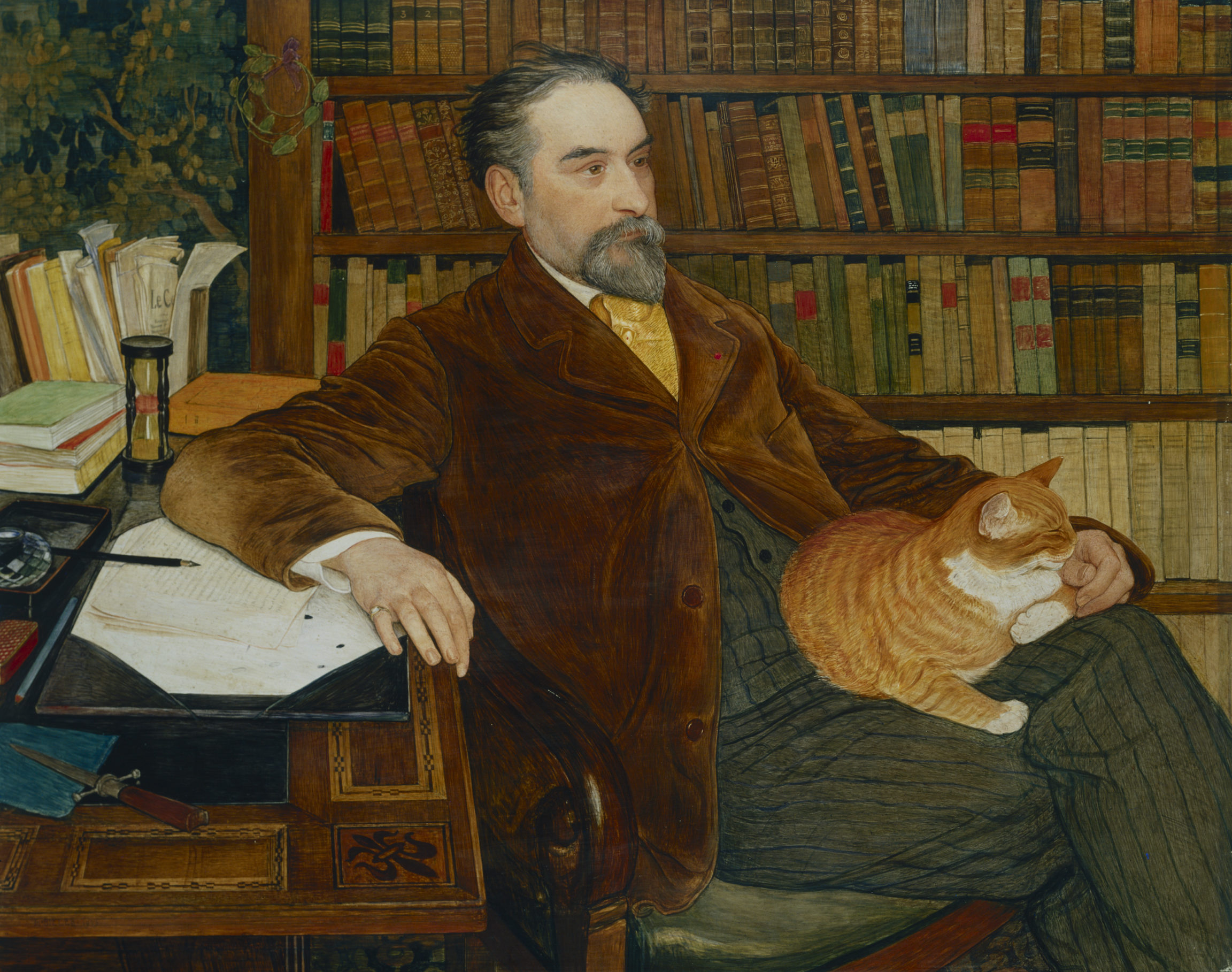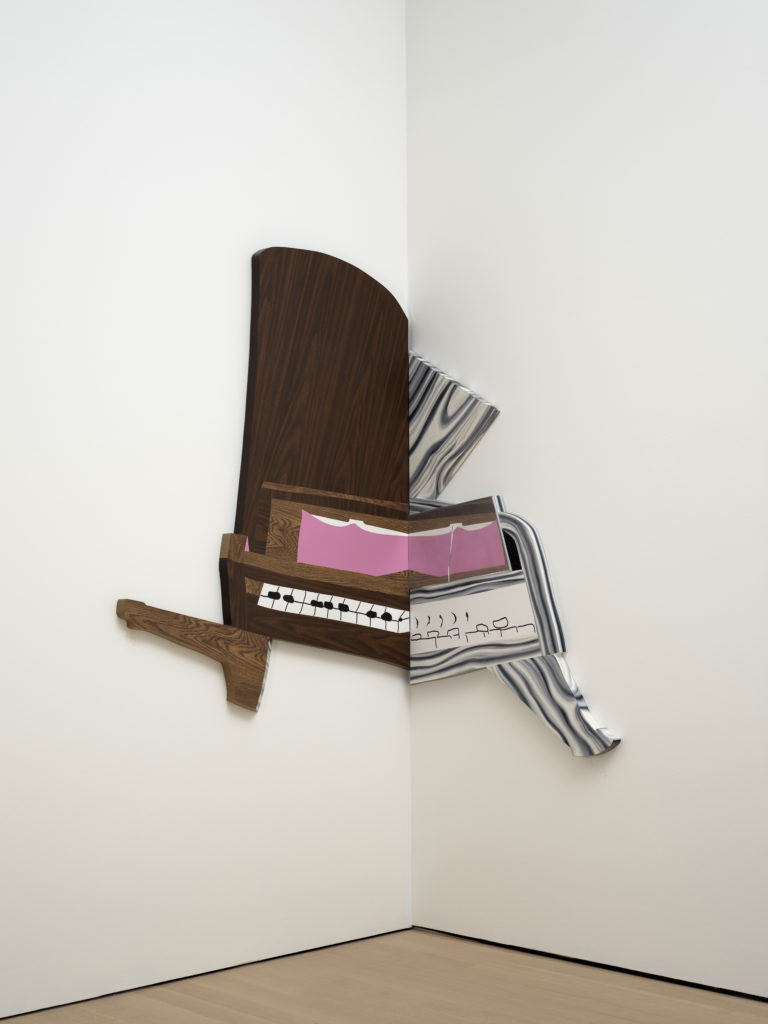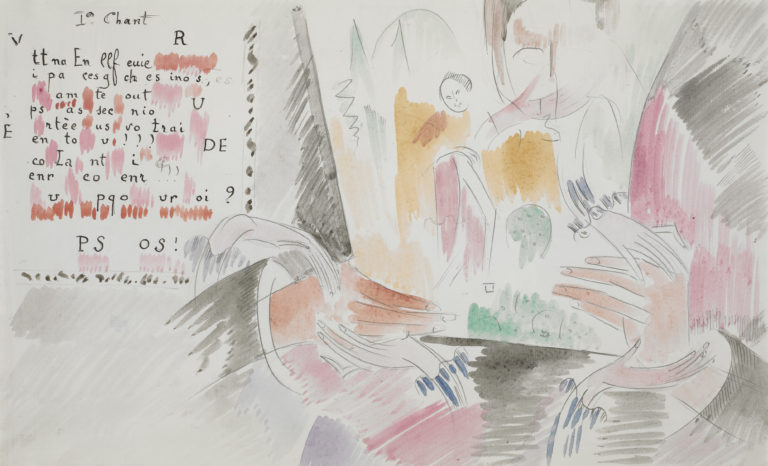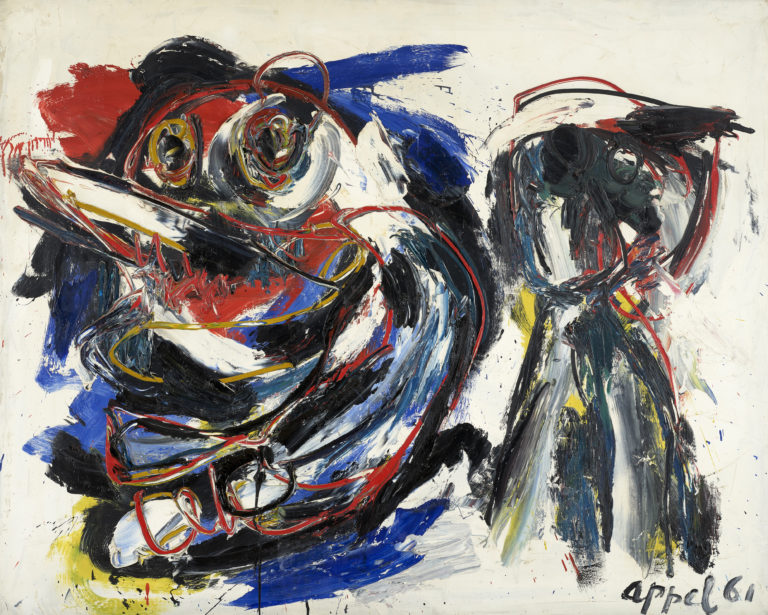Exposé actuellement
The CollectionBibliography
Ethel Mathier (eds.), Ernest Biéler. Geträumte Wirklichkeit / Réalité rêvée, exh. cat. Berne, Musée des beaux-arts, Martigny, Fondation Pierre Gianadda, 2011.
Jörg Zutter et Catherine Lepdor (eds.), Ernest Biéler (1863-1948). Du réalisme à l’art nouveau, exh. cat. Lausanne, Musée cantonal des Beaux-Arts, Soleure, Kunstmuseum Solothurn, Milan, Skira, 1999.
Madeleine Biéler, Ernest Biéler. Sa vie, son œuvre, Lausanne, Éditions à La Louve – Charles Bonnard, 1953.




At the time this work was painted in 1909, Édouard Rod, a native of the Vaud, was a leading figure in the Swiss community in Paris. As a devotee of Émile Zola and the most prominent representative of intuitivism, he opened his house and granted patronage to many young Swiss writers and artists, including Charles Ferdinand Ramuz and René Auberjonois. This large portrait, completed the year before his death, was commissioned from Biéler by the museum in Lausanne. It shows Rod in three-quarters profile, lost in thought in his armchair, one arm resting on the secretaire desk beside him. The painting features a number of writerly attributes, from the typically Baudelairian cat to the shelves full of books and the pen lying on the desk alongside an inkwell and paper knife. The hourglass seems to whisper ars longa, vita brevis.
The painting came at a key moment in Biéler’s career, when he was tiring of being pigeonholed for his paintings of Swiss peasants and was preparing to leave Geneva to try and make a name for himself in Paris. He had turned from realism to Art Nouveau in 1906, developing a style he christened “graphism”, with a decorative composition, sinuous lines tightly enfolding juxtaposed flat swathes, pale, matte hues, and the use of egg tempera rather than oils.
This fine portrait, with its subtle, warm palette, was shown at the 1909 Salon held by the Société nationale des beaux-arts. It drew sharp criticism from the artist Charles Giron on the front page of the Gazette de Lausanne, accusing Biéler of merely imitating a “medieval” formula which in fact belonged to his fellow Swiss artist Eugène Grasset. The use of tempera, Giron further claimed, resulted in “an image of excessive dryness and a yellowish hue”!